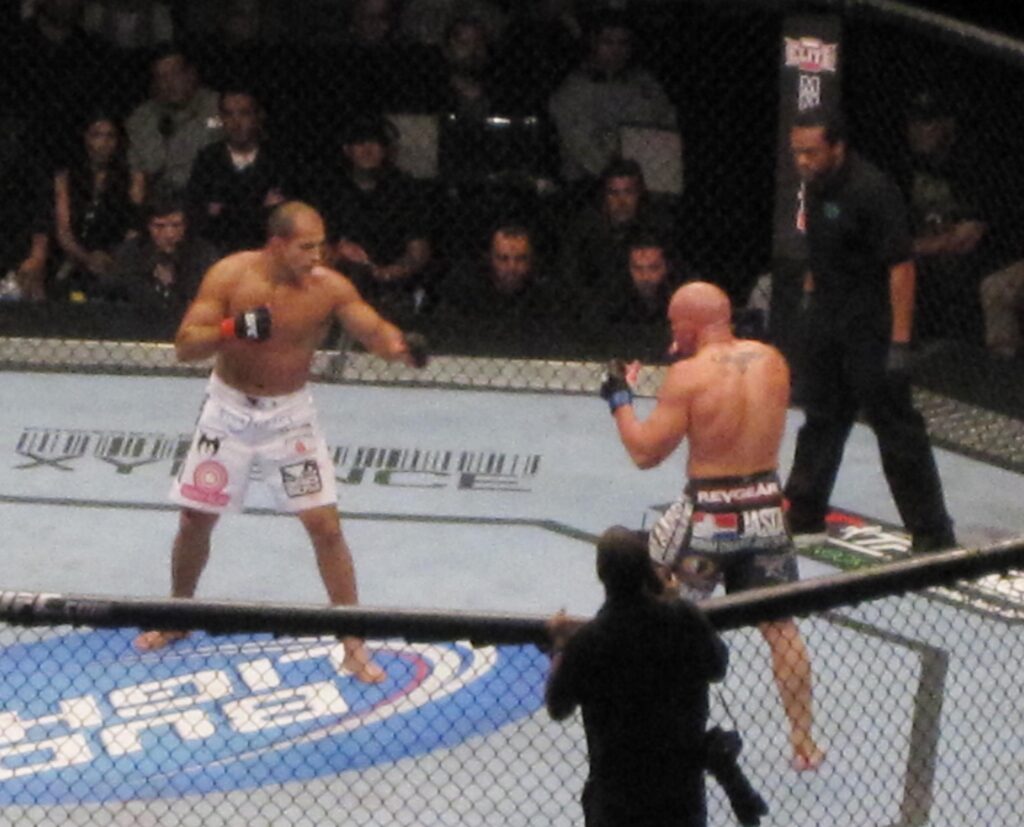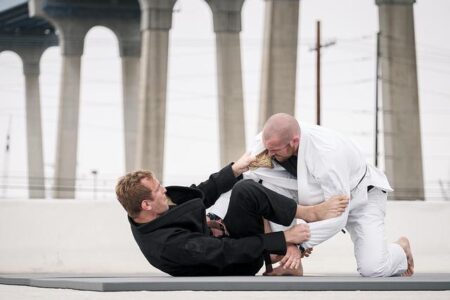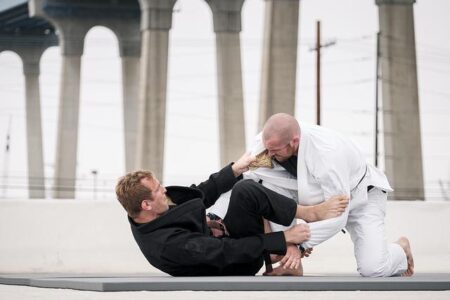As mixed martial arts (MMA) continues to surge in global popularity, questions arise about its practicality beyond competitive arenas. ONE Championship, a leading organization in the sport, has spotlighted MMA’s role not just as entertainment but as a vital tool for self-defense. In this article, we explore whether the techniques and training methods promoted by ONE Championship offer effective protection in real-world situations, weighing expert opinions and real-life applications to determine if MMA truly equips practitioners for self-defense.
Effectiveness of Mixed Martial Arts Techniques in Real-World Self-Defense Scenarios
Mixed Martial Arts (MMA) stands out in self-defense training for its practical and adaptable approach to various confrontations. Unlike traditional martial arts that focus on a single discipline, MMA combines striking, grappling, and clinching techniques, allowing practitioners to respond effectively whether the conflict occurs standing or on the ground. This versatility is crucial in real-world scenarios where unpredictability reigns. The incorporation of Brazilian Jiu-Jitsu’s submission holds, Muay Thai’s striking power, and wrestling’s control techniques equips individuals with a comprehensive toolkit, increasing their chances to de-escalate or neutralize threats rapidly and efficiently.
Effectiveness in self-defense also hinges on situational awareness and decision-making, both emphasized in MMA training. Fighters learn to maintain composure and conserve energy under pressure, skills that translate seamlessly outside the ring. Key elements making MMA a preferred choice include:
- Adaptability: Addressing multiple fighting ranges (distance, clinch, ground).
- Practical Conditioning: Realistic physical preparation for combat endurance.
- Technique Integration: Melding striking and grappling for comprehensive defense.
- Mental Resilience: Training to withstand intimidation and chaos.
| MMA Technique | Self-Defense Benefit | Real-World Application |
|---|---|---|
| Brazilian Jiu-Jitsu | Submission control | Prevent attacker’s movement on the ground |
| Muay Thai | Powerful strikes | Disable attackers quickly |
| Wrestling | Takedown and control | Neutralize threats by controlling them physically |
Expert Recommendations for Integrating MMA Training into Personal Safety Strategies
Integrating Mixed Martial Arts training into your personal safety blueprint requires a strategic approach that emphasizes not only physical techniques but also situational awareness. Experts advise allocating time to develop core skills such as striking, grappling, and evasive maneuvers, which can drastically improve your ability to neutralize threats. Moreover, consistency and realistic scenario training are paramount; practicing drills under controlled stress enhances reaction times and confidence when facing real-life confrontations.
Beyond physical conditioning, incorporating MMA into self-defense plans involves mastering psychological resilience and de-escalation tactics. Professionals recommend complementing your training with the following:
- Scenario-based drills: Recreating common street attack situations to foster quick decision-making.
- Legal awareness: Understanding self-defense laws in your jurisdiction to avoid legal repercussions.
- Fitness cross-training: Cardiovascular and strength workout routines to support stamina in high-pressure moments.
| Aspect | Recommended Focus | Benefit |
|---|---|---|
| Striking | Basic punches, kicks, elbows | Effective distance control |
| Grappling | Takedowns, escapes, submissions | Dominance on the ground |
| Conditioning | High-intensity interval training | Improved endurance |
Concluding Remarks
In conclusion, while Mixed Martial Arts offers practical techniques suited for real-world confrontations, its effectiveness as a self-defense system depends largely on the practitioner’s training focus and situational awareness. ONE Championship continues to spotlight the sport’s evolving role beyond competition, emphasizing discipline, confidence, and preparedness. As interest in MMA grows worldwide, experts recommend integrating its principles with broader safety strategies to ensure a well-rounded approach to personal protection.








